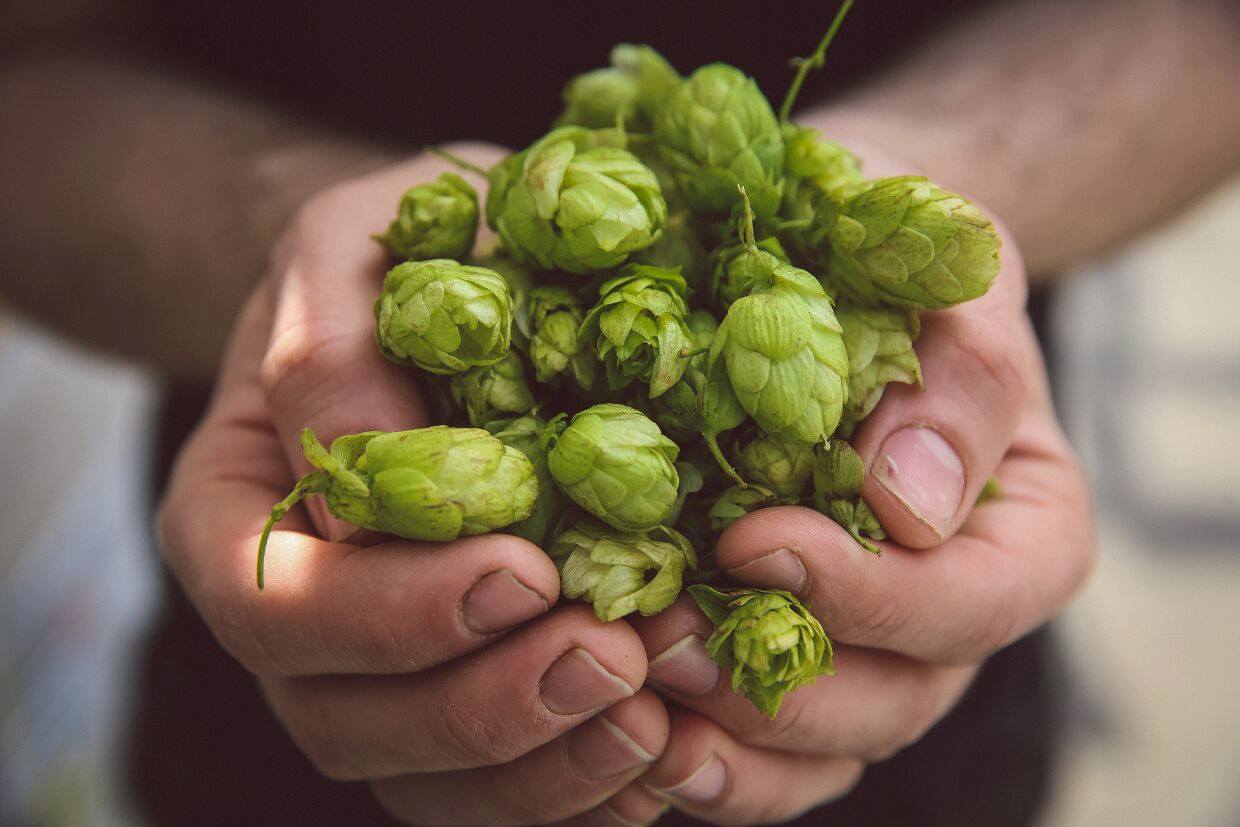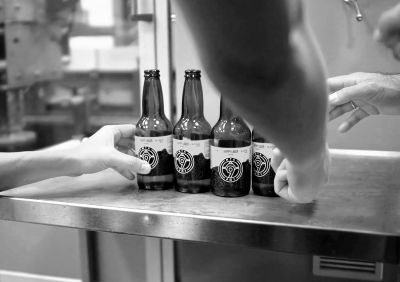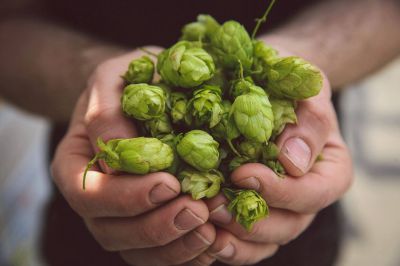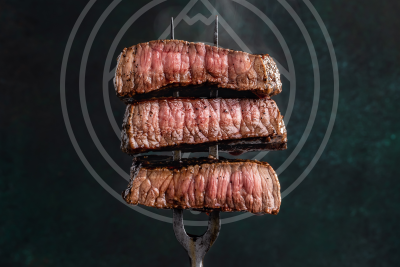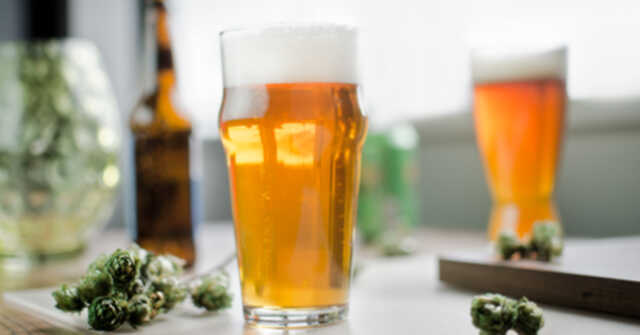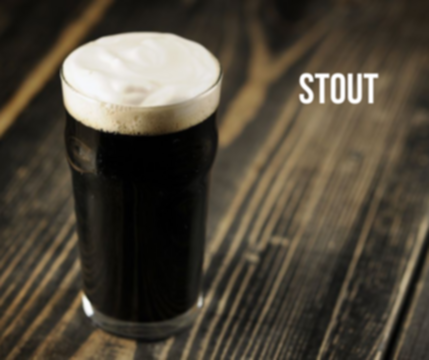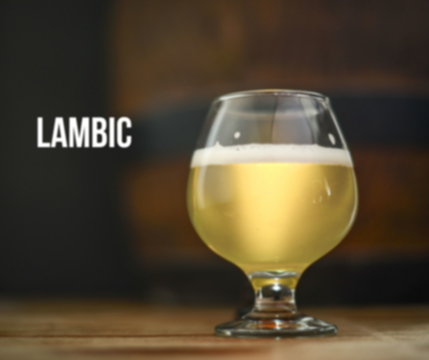The real reason for brewing Craft beer was the monotony of the existing beer market. Proponents of the first craft beer have declared open war to industrial beer producers. They believed that consumers deserved to taste real beer. This is the philosophy of craft beer - taste, quality, innovation and diversity.
Over time, craft beer has gained popularity, so large businesses have also expressed interest and decided to produce craft beer, which was in complete disagreement with the philosophy of craft beer. It became necessary to establish an accurate definition of craft beer.
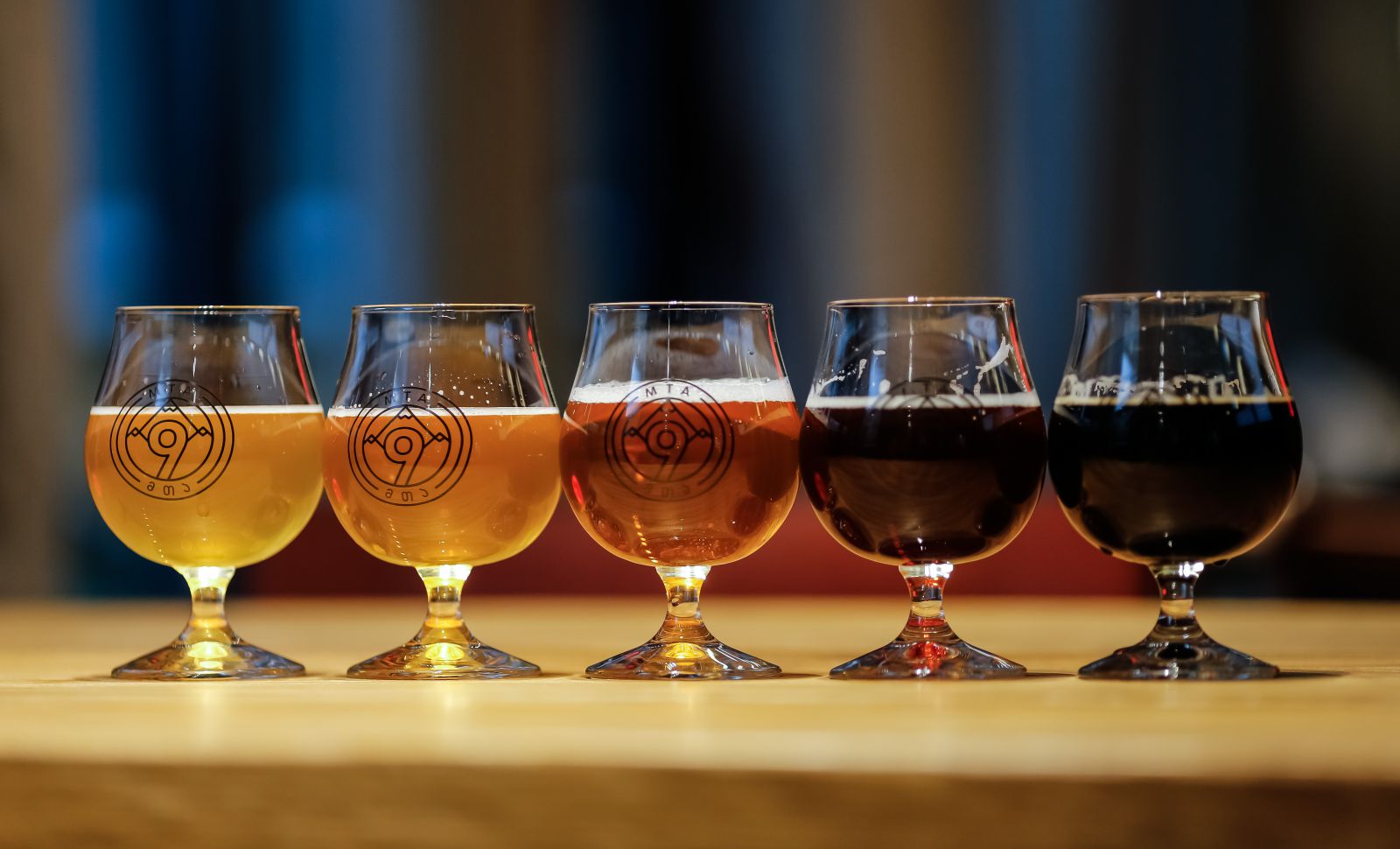
What is a craft beer?
1. Craft beer is brewed in a small enterprise in small quantities.
2. Real craft beer is brewed only from high quality and high value malt and hops.
3. Craft beer has a seratonic effect, which creates a good mood and is tonic, which gives us energy.
4. Craft beer lovers have revived forgotten styles and also created new ones.
5. Craft beer is not pasteurized, does not contains chemicals.
6. A craft beer company must be independent and no industrial company or any other institutional investor must have a stake in more than 25% of its capital in order for the craft beer company to be highly focused on quality and customers.
7. Craft beer idea: more flavor, more taste, more character.
Ingredients
Craft brewers use a wide variety of ingredients to achieve the aroma, body, flavor and finish they desire in their beer. The main ingredients in most beer styles are high quality hops and malt, water, and yeast.
1. Hops
Craft brewers use hops as chefs use spices
Bitterness ranges: Restrained, moderate, aggressive, harsh Aroma and flavor ranges: Citrus, floral, fruity, green, herbal, onion/ garlic, pine, resinous, spicy, spruce, sweaty, tropical, woody
• Hops deliver both resins and essential oils that influence beer’s aroma, flavor, bitterness, head retention, astringency and perceived sweetness. They also increase beer’s stability and shelf life.
• Brewers today use well over 100 different varieties of hops worldwide, with hops grown in the U.S. contributing an estimated 30 percent of the global supply.
• Though there are many varieties of hop plants, the hops used in beer generally fall into three categories: bittering, aroma and dual-purpose. Bittering hops contain more alpha acids and are used primarily to contribute bitterness, while aroma hops are used primarily to add flavor and aroma to beer. Dual-purpose hops can have higher alpha acid content, but also are used to contribute aroma compounds.
Hop resins lend bitterness via alpha acids to balance the sweetness of malt sugars. When alpha acids are isomerized through boiling, ranges of bitterness can land anywhere from two IBUs (International Bitterness Units) to more than 100 depending on the beer style and brewer’s intention.
• Alpha acid content of most hops ranges from 2 to 20 percent by weight.
• Hops’ main essential oils influencing aroma and flavor are:
- Humulene (common in noble hops) · Woody/piney notes
- Myrcene (pungent; largest component of hop oil; can help indicate ripeness of hop cone)
· Green resin aromatics
- Caryophyllene · Spicy pepper notes - Farnesene
· Floral notes
- These oils volatize off when exposed to heat, so aroma and flavor hops are added at the end of the boil or during or after fermentation (a technique referred to as “dry hopping”).
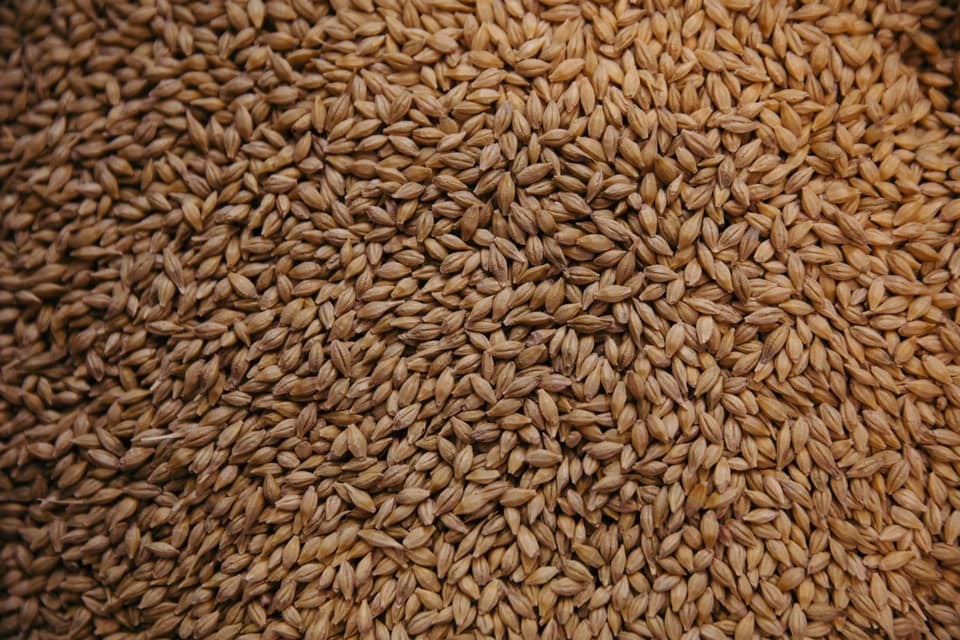
2. Malt
Malt is the soul of beer, as it contributes flavor, aroma, color and body.
Malted Barley (Malt) Flavor ranges: Bread flour, grainy, biscuit, bready, toast, caramel, pruny, roast, chocolate, coffee, smoky, acrid
• Malt is detected in the aroma, flavor and appearance of a beer.
• Malt has been called the soul of beer. It is the main fermentable providing the sugars that yeast use to create alcohol and carbonation. It is most often barley that has been malted by putting it through a series of moisture and temperature steps.
• Malt is converted barley or other grains that have been steeped, germinated, heated, kilned (or roasted in a drum), cooled and dried, and then rested.
• Fresh barley has a moisture content commonly around 13 percent. This is raised, often to more than 40 percent, until the barley begins to germinate. During the malting process it is dried to less than four percent moisture.
• A wide variety of barley and other malts are used to make beer, including: pale malts (pilsner and pale tworow); higher-temperature kilned malt (Munich and Vienna); roasted/specialty malt (chocolate and black); and unmalted barley. Wheat malt is commonly used as well.
• Malt adds fermentable and non-fermentable sugars and proteins that influence beer’s aroma, alcohol, astringency, body, color, flavor and head retention.
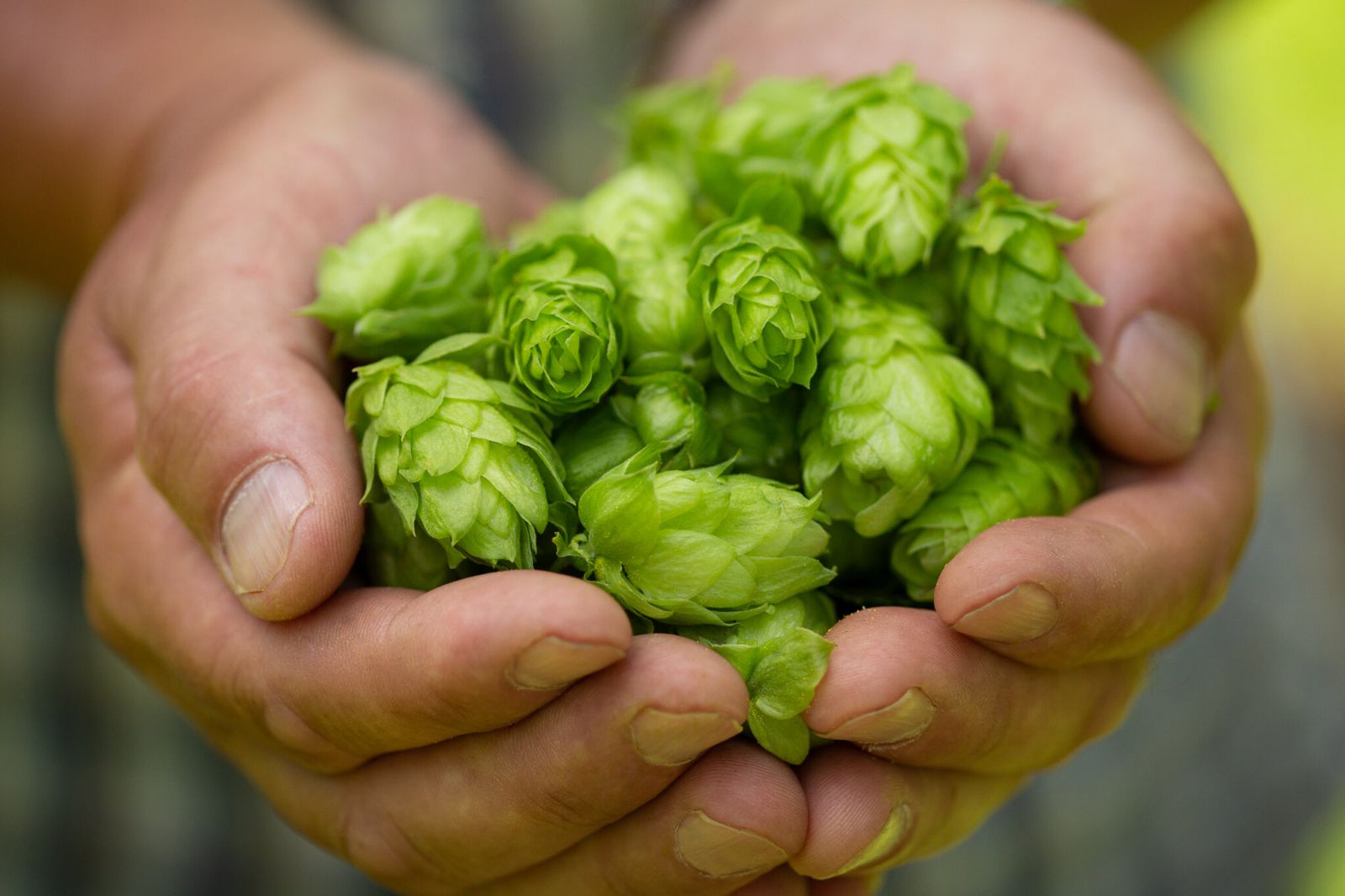
3. Water
Beer is mostly water, which makes water quite an important ingredient. It provides minerals and ions that add various qualities to beer. Some brewers make their beer without altering the chemistry of their water sources. Many do modify the water to make it most suitable to deliver the beer characteristics they hope to highlight.
• Common minerals include: Carbonate, calcium, magnesium, sulfate
• Common taste descriptors include: Chalk, flint, sulfur
pH, residual alkalinity, water hardness or softness and mineral content all come into play when brewing beer. Let’s take a look at these factors.
pH pH power of hydrogen measures the concentration of ions in a liquid. The pH scale runs from 0 (acidic) to 14 (alkaline), with 7 as the neutral midpoint.
• Acidic (0-6) has higher Hydrogen concentration
• Alkaline (8-14) has higher Hydroxide concentration
Just like the Richter scale for earthquakes, pH is logarithmic. Every point on the pH scale is ten times greater or lesser in concentration than the point above or below it. For example: pH 4 is 1,000 times (103 or 10 x 10 x 10) more acidic than pH 7.
4. Hardness
Hardness is the concentration of minerals in water. Water high in calcium/magnesium and bicarbonate/sulfate is said to be “hard.” Hard water is used in German-style Dunkels, Germanstyle Marzen/Oktoberfest beers, Vienna-style Lagers, Irish-style Dry Stouts, Scottish-style Ales and English-Style Pale Ales/ESBs.
On the other end of the spectrum, water low in these ions is said to be “soft.” Soft water is used in Bohemian-style Pilseners.
The presence of calcium sulfate (gypsum) enhances bitterness, but also can induce dryness and lend a low sulfitic character. This effect has been called the ‘Burton snatch,’ originating from beers made in Britain in the Burton-on-Trent area
5. Yeast and Microorganisms
Yeast and other microorganisms eat sugars from malted barley and other fermentables, producing carbonation, alcohol and aromatic compounds. The flavor imparted by yeast differs based on yeast strain, temperature, time exposed to the beer, oxygen and other variables.
Types of Yeast
• Lager: Saccharomyces pastorianus. Often lends sulfuric compounds. Commonly referred to as bottom-fermenting. Most often ferments at cooler temperatures (45-55°F). • Ale: Saccharomyces cerevisiae. Generally produces more flavor compounds (esters). Commonly referred to as topfermenting. Most often ferments at warmer temperatures (60-70°F).
• Weizen: Common to some German-Style Wheat beers. • Brettanomyces: Considered a “wild” yeast. Lends flavors like barnyard, tropical fruit and more.
Byproducts of Fermentation Alcohol and CO2 are the main products of fermentation, but yeast and other microorganisms may produce many other byproducts that can add new flavors and aromas to the beer. These flavors will continue to change over time, especially for aged beers.
6. Carbonation(CO2)
Visual: None, slow-, medium-, fast-rising bubbles
Palate: Low, medium, high
• Beer’s carbonation comes from carbon dioxide gas, which is a naturally occurring byproduct of fermentation. It can also be introduced into beer via force carbonation.
• Nitrogen can also be added to beer, providing smaller bubbles and a softer mouthfeel compared to CO2. • Carbonation is measured in terms of volumes of CO2, which range from 1-3+ v/v (volumes of dissolved gas per volume of liquid) with 2.5-2.7 volumes being the most common.
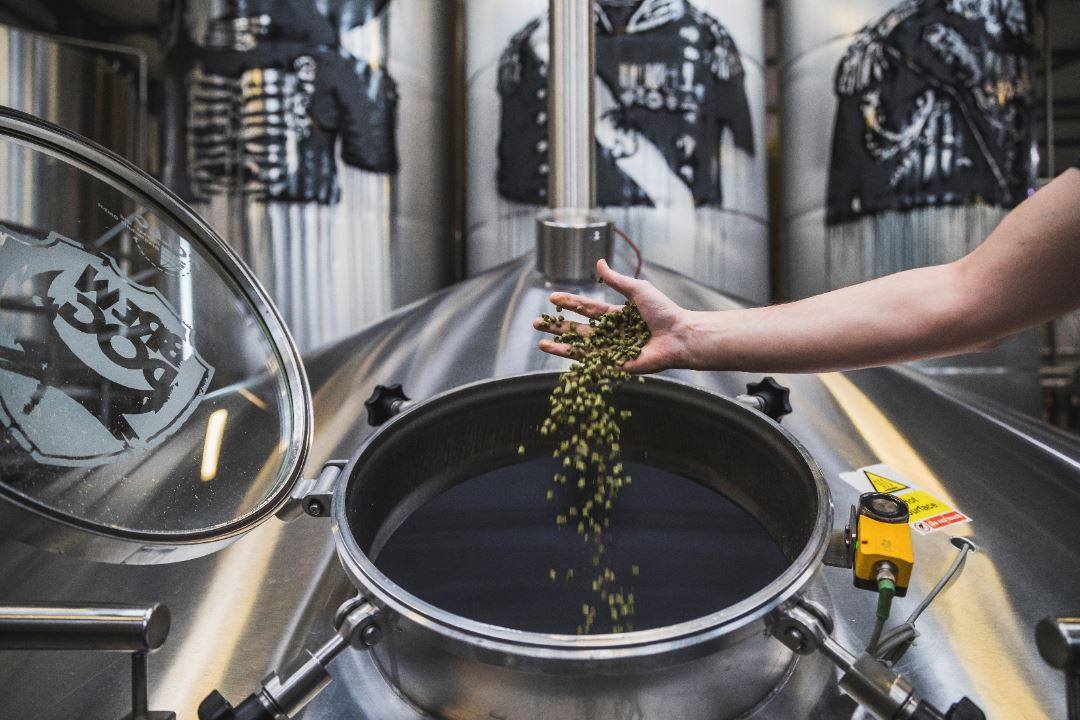
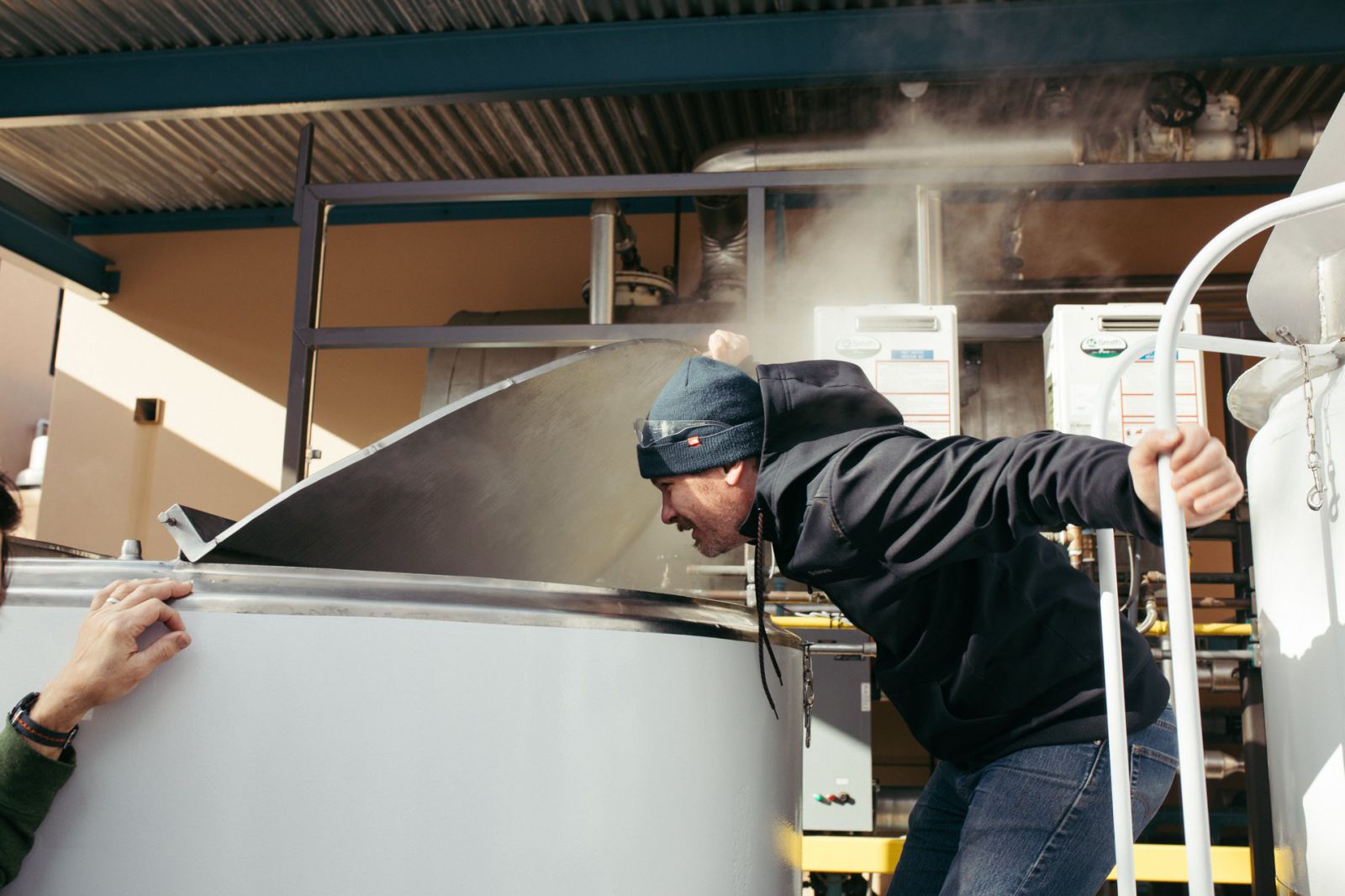
Source: Craftbeer.com
- 9 Mta Team, 2020-06-01
